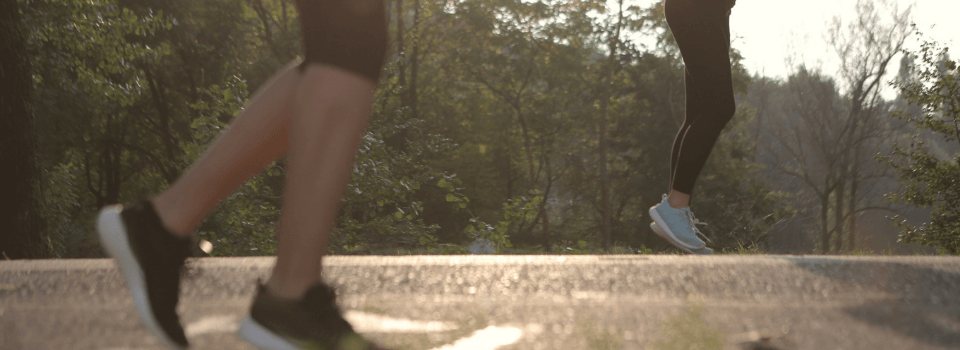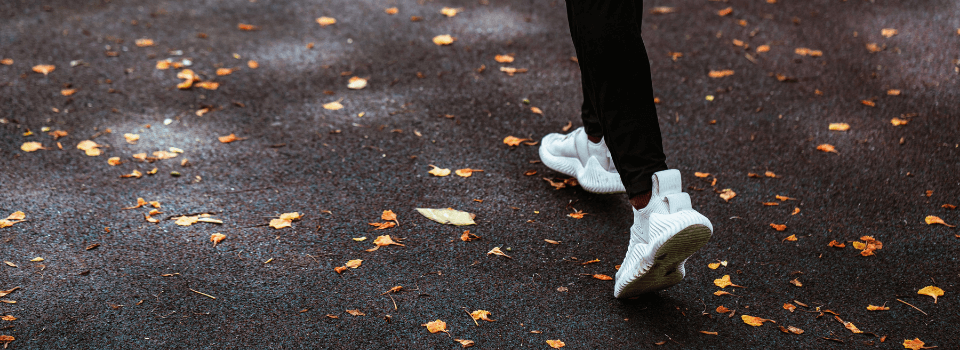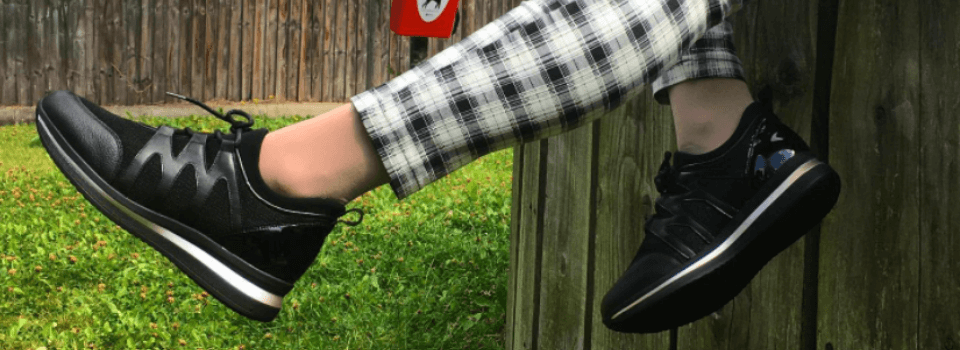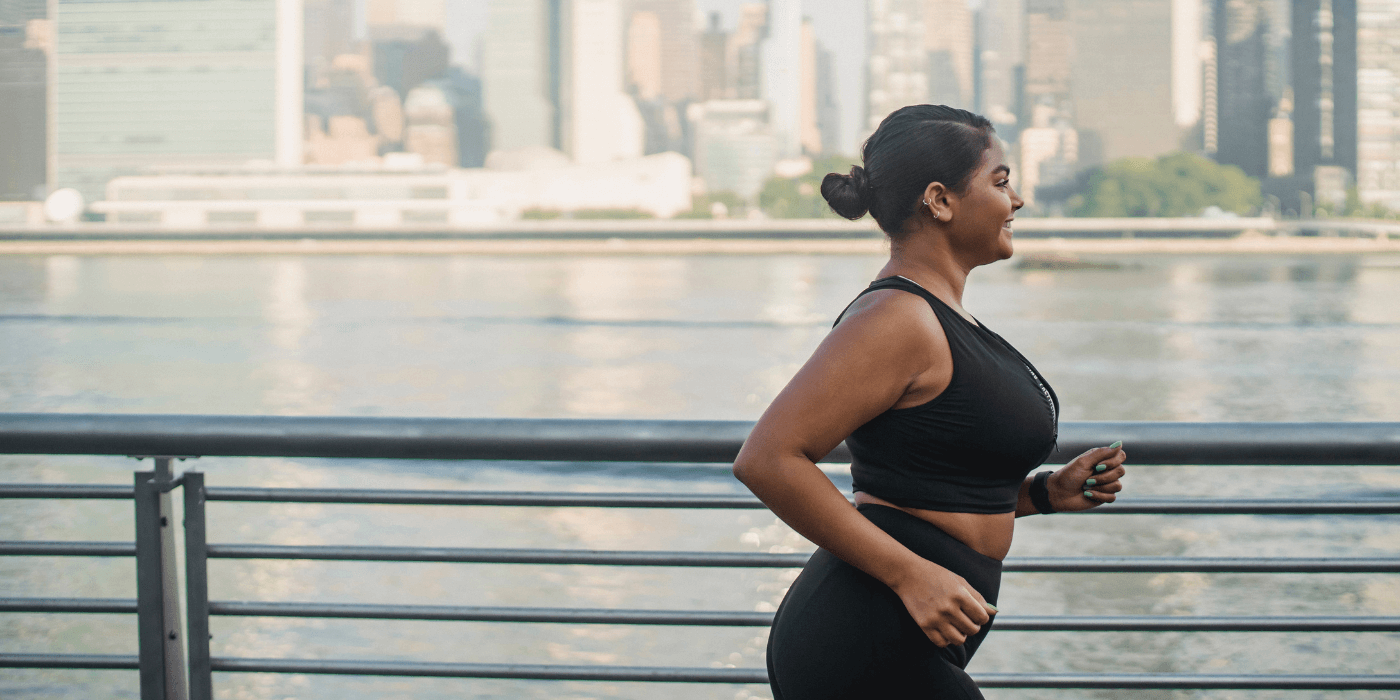Why Do People Get Injuries When Running?
Running injuries commonly happen when a person uses the incorrect footwear for their needs, or use incorrect technique resulting in a strain injury. When running, a lot of stress is put on the joints of the legs, feet and lower back. Strain can be an immediate injury or gradually sustained over time from this stress.
During running, our posture naturally self-corrects to the most comfortable running position, but this may go on to cause gradual strain to other areas of the legs and feet, for example, heel striking may feel comfortable but could eventually lead to calf strain if the running shoes don’t have enough shock absorption.
Here Are Some Of The Most Common Running Injuries:

Achilles Tendinitis
Achilles tendinitis is when the heel tendon becomes inflamed, usually with the symptoms of swelling, unusual warmth, and soreness. If care to reduce further damage is not taken when showing symptoms of Achilles Tendinitis, this may result in a tear of the tendon, usually needing surgical intervention.
Hamstring Injuries
Because your hamstring helps to stop your lower leg momentum when running, gradual tears in the hamstring fibres can occur. Stiffness, tenderness and pain are symptoms of hamstring strain and efforts should be made to rest the muscles before a permanent injury.
Knee Strain
Knee Strain is the most common running injury with up to 50% of running injuries being to the knees. Runners Knee refers to pain around the knee and kneecap that although isn’t usually permanent, can take up to 6 weeks to go away when the knee is given proper time to recover by not being put under stress with hard exercise or excursion.
Stress Fractures
Stress Fractures are hairline cracks that form in the bone after stress. The impact stress of running can cause these hairline cracks to form in the feet and legs. Pain, tenderness and swelling can all be symptoms of hairline cracks. Should you suspect a hairline crack you may wish to see a doctor for an X-ray and rest the bone by not doing hard exercise.
Should you get an injury you may wish to follow the RICE protocol – rest, ice, compression, and elevation.
Rest is important to stop an injury further progressing and to begin healing. Ice can help to reduce swelling and pain in an area of discomfort. Swelling can be prevented by compression with either a sock or bandage, and elevation can further reduce swelling and pain by raising the affected area above the level of the heart. Keep the RICE protocol in mind should you sustain a running injury but always seek professional medical advice if pain does not go away.
Prevention
You can aim to prevent running injuries by employing the right running technique and footwear.
Correct Technique

The three strike positions are heel strike, mid-foot strike, and toe strike. The one in which you choose to employ in your running technique depends on your physique so that force is distributed around the feet and legs in the most optimal way for reduced stress. Heel striking can be high impact on the knee and tibia.
Mid-foot striking can stop over-striding by keeping the legs closer in line to the body, distributing weight more evenly. Toe-strike can be stressful on the calf and Achilles heel, but is often referred to as the natural way to run as the ‘springiness’ of the tendons helps in continuing momentum, however tendons in the legs can become strained. Running form will vary by individual but keep these factors in mind when experimenting in finding a running style that is comfortable for yourself and always stop if pain occurs.
Correct Footwear

Footwear that absorbs shock and so reduces the risk of stress injuries is important for runners. Orthopaedic footwear should also fit the feet correctly, comfortably supporting the arch and midsole, and helping the foot stays in correct posture.
Opting for suitable footwear such as Chemin, a supportive orthotic trainer with shock absorption will help protect your feet from injury. Chemin cushions the ball of the feet for correct running posture and gradually moulds to your foot to fit like a glove. The lightweight EVA midsole will conform to your specific foot shape for unique support, providing maximum comfort and support when running.




1 Comment